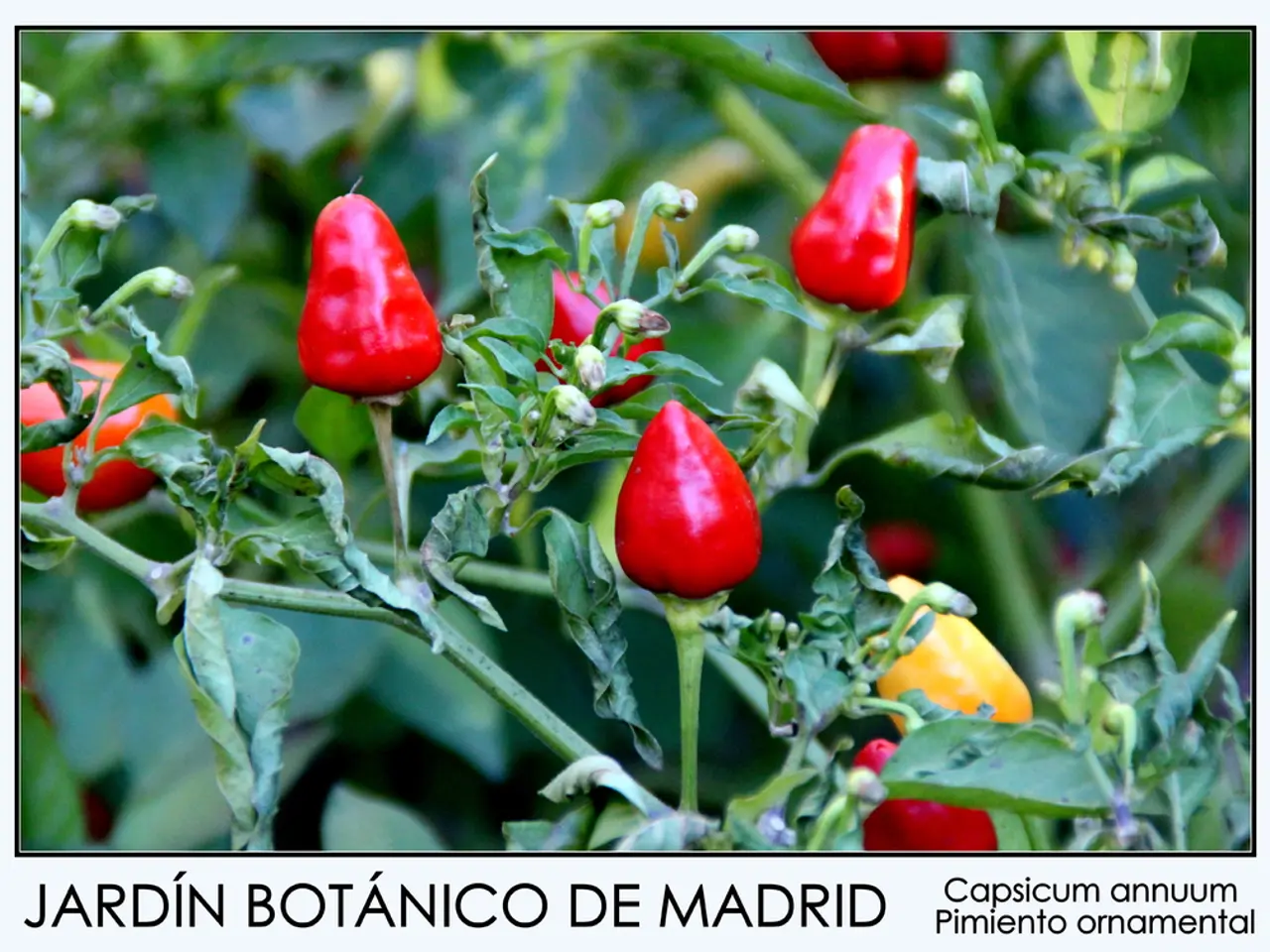Indoor Spices Winter Maintenance Tips
Maintaining lush and healthy indoor spice plants during the winter months can be a rewarding endeavour. Here's a guide to help you provide optimal care for your indoor herb garden.
Firstly, ensure your plants receive at least 6 hours of bright light daily. Ideally, position them near a south-facing window or supplement with full-spectrum LED grow lights, placed 6-12 inches above the plants for 14-16 hours a day.
Next, maintain consistent soil moisture. Water deeply but less frequently, only when the top inch of soil feels dry. Use room temperature water to avoid shocking the roots. Choose pots with adequate drainage and well-draining soil to prevent root rot.
Feeding your indoor spice plants is essential during winter. Use a balanced, water-soluble organic fertilizer every 4 to 6 weeks, diluted to half the recommended strength. This schedule varies slightly throughout the winter months: December - every 4 weeks, January - every 6 weeks, February - every 4 weeks, and March - every 6 weeks.
Maintaining the right humidity is crucial for indoor spice plants. Herbs generally prefer average indoor humidity but can benefit from occasional misting or placing pots on humidity trays if air is very dry. A humidifier or a tray of water with pebbles under the pots can help maintain the right humidity levels.
To protect your plants from cold drafts and to keep the warmth in, move them away from windows and doors. Consider using a thick mat or tray to insulate them from cold seeping up from the floor. You can also use a light cloth to cover them at night.
Heating mats placed under the plants can provide extra warmth, while grow lights not only offer light but also add warmth to indoor spice plants. If growth appears slow, it may indicate cold stress.
To create a mini humid environment, keep your plants close to each other. Humidity trays filled with water and stones can increase humidity and warmth around your plants.
A winter watering schedule is essential to ensure the right amount of water for your indoor spice plants. This schedule involves checking soil moisture every few days. Specific days for watering, like every Tuesday and Saturday, can be set in this schedule. However, it can be adjusted as needed based on the plants' needs and the air's dryness.
Lastly, regularly inspect your plants for pests or disease before bringing them indoors. Remove any dust from leaves to enhance photosynthesis.
By following these guidelines, you can enjoy a thriving indoor spice garden throughout the winter months. Happy gardening!
To complement your indoor spice garden, consider expanding your green thumb to the 'home-and-garden' category, specifically 'gardening'. Indoor herb gardens not only add a touch of nature to your 'lifestyle', but they can also ensure a steady supply of fresh herbs during the winter months. Regularly check your plants for pests or diseases and keep them close together or use humidity trays to create a mini humid environment, promoting healthy growth.




